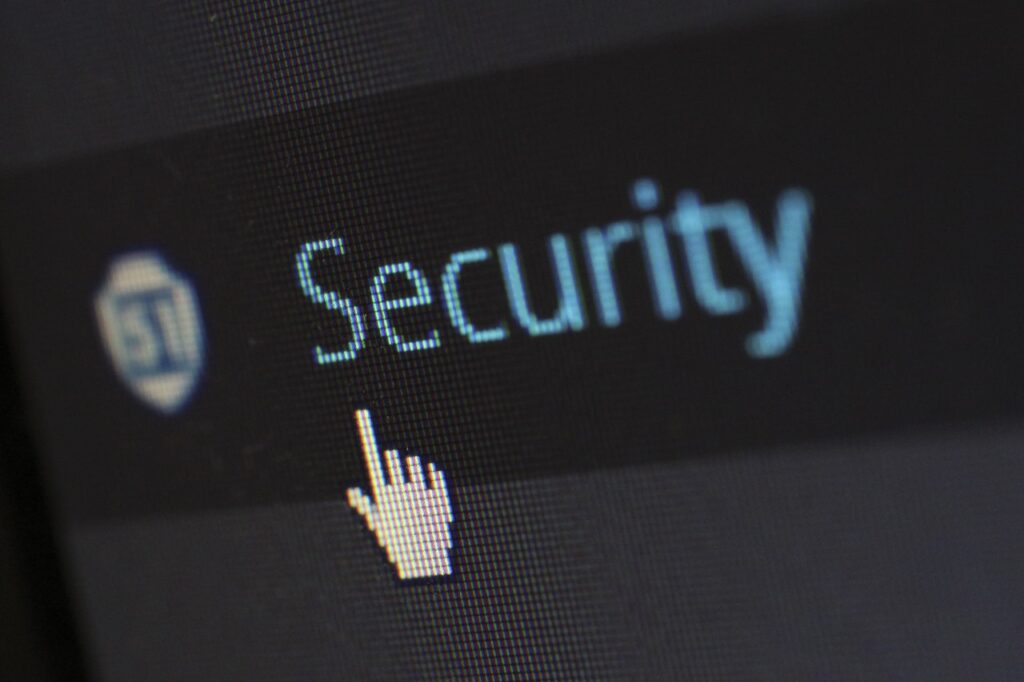What is Browser Fingerprinting?
Browser fingerprinting is yet another way through which your information is being collected online.
In this guide, you will learn about browser fingerprinting and how websites are using this practice.
What is Browser Fingerprinting?
A browser fingerprint is similar to the physical fingerprint used to identify an individual. It is unique in the sense that although the information collected may seem non-specific, there’s a less than a 0.005% chance that two users will have the same fingerprint.
It can identify a specific site user among a sea of other users as they go about conducting their business on the internet. Websites apply this information in tracking the online behavior of their users.
Browser fingerprint enables you to be traced around the web. It also makes it possible for you to be identified as the same user – whether you revisit previous sites or visit new ones that use fingerprinting.
How Does Browser Fingerprinting Work?
Most websites run scripts to collect information about a user. It can include your browser type and version, time zone, default language, active plugins, operating system, screen resolution, colour depth, the presence of an ad blocker and other active settings.
All this information, when brought together, form an organized profile that is the user’s browser fingerprint.
It is worthy of note that website cookies are very different from fingerprinting. While they are both able to follow you about the web, cookies can be turned off in the browser settings.
Conversely, fingerprinting works silently in the background and cannot be turned off.
You can’t even identify the scripts used for fingerprinting from those that help the website function. Cookies are also quite popular already on the internet. Websites that use them have to seek your permission to do so. Fingerprinting does not seek your consent.
Another difference is that you can clear cookies. But not fingerprints. Also, fingerprinting will happen whether or not cookies are turned on.
How Is It Used?

Companies use this data to create avatars for their users. These avatars come complete with information such as the age bracket, interests, income and location of the user. They do this by analyzing the data obtained from the websites you visit.
Moreover, they can obtain records from your Google searches, social media platforms, and so on. That is how advertisers can then serve personalized ads to you across the internet.
Businesses also use browser fingerprinting for dynamic pricing. Dynamic pricing ensures a product is sold to people at different prices, depending on specific factors. Often, it depends on the perception that certain buyers have the capability and are willing to pay more for a product than others.
E-commerce stores, sites that use subscriptions, and travel sites make use of dynamic pricing.
Fingerprinting can serve security purposes as well. It can help identify and prevent online fraud, credit card fraud, and many more.
For instance, in a case where someone’s credit card has been stolen. The bank can quickly detect and halt all activity on that account. This is based on the fact that the location from which the real user accesses his account is different from the ones the fraudster is accessing it from.
Browser fingerprinting can also come in handy in detecting identity theft. The way an impersonator uses the user’s online account will be different from the way the real user uses it. It would leave a fingerprint that is different from the status quo, which could prove a theft.
































